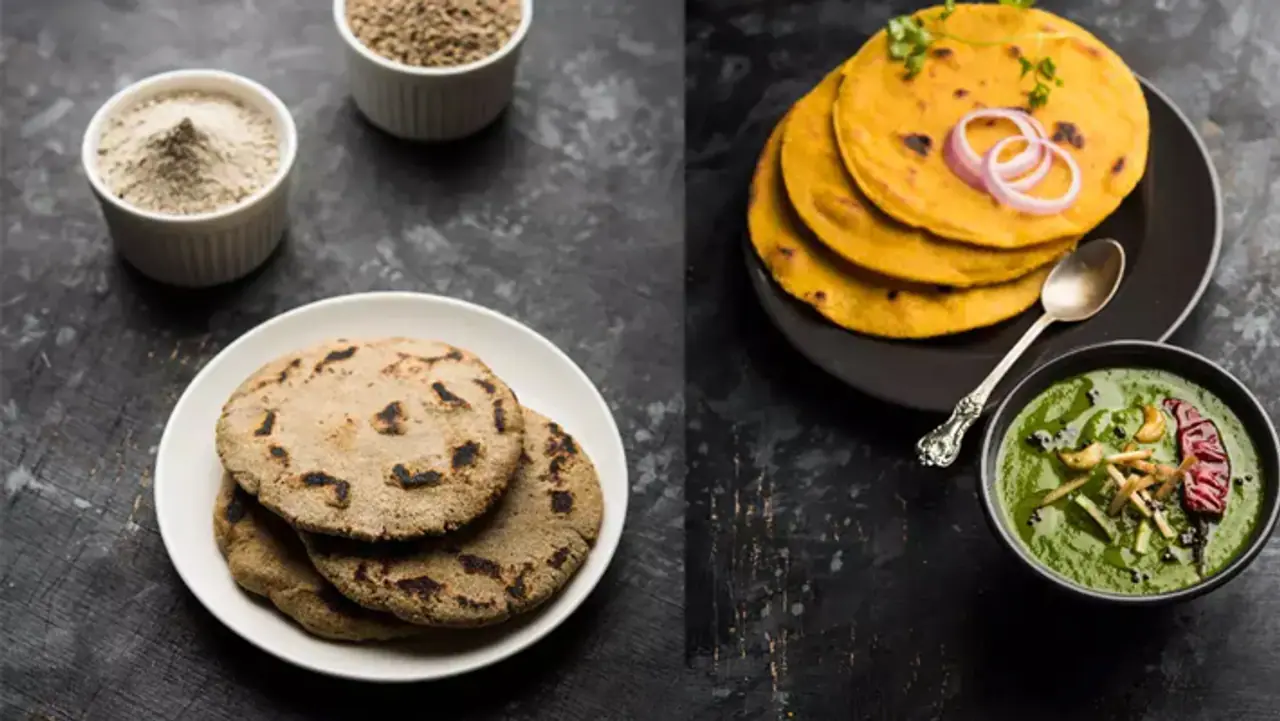Bajra VS Jowar: Which roti is best to eat in winter for health?
We can try jowar roti and bajra roti to improve our health. But which one is better? Let's find out which roti is healthier to eat, especially during winter.

Many people around us eat roti. However, most consume roti made from wheat flour. We eat roti instead of rice. But eating roti every day is not good. Wheat flour may not suit everyone. Therefore, we can try jowar roti, bajra roti, etc., which improve our health. So… which of these two is better? Let's now find out which of these two rotis is healthier to eat, especially during winter.

Actually, both jowar roti and bajra roti are good for health in winter. But there are some differences in nutrients, health benefits, and usage. Many people include these two rotis in their diet during winter. Jowar roti, which is easily digestible, should be eaten during the day. Bajra roti, which provides more heat and energy to the body, should be eaten at night. Let's see which roti to eat when.
1. Bajra Roti
Nutritional Value (per 100 grams):
Calories: 378
Protein: 11 grams
Fiber: 8.5 grams
Iron: 8 milligrams
Magnesium: 137 milligrams
Benefits of eating Bajra Roti:
Good source of energy: Keeps the body warm and provides sustained energy during winter.
Good for diabetes: Low glycemic index helps control blood sugar levels.
Bone strength: High calcium and phosphorus content strengthens bones.
Improves digestion: High fiber content relieves constipation and gas.
Heart health: Controls cholesterol and benefits the heart.
2. Jowar Roti
Nutritional Value (per 100 grams):
Calories: 329
Protein: 10.4 grams
Fiber: 6.7 grams
Iron: 4.1 milligrams
Potassium: 363 milligrams
Detoxifies: Removes toxins from the body.
Gluten-free: Suitable for people with gluten allergies.
Weight loss: Improves digestion and aids in weight loss.
Good for skin and hair: Antioxidants promote radiant skin and healthy hair.
Increases hemoglobin: Iron content helps reduce anemia.
Explore the latest Lifestyle News covering fashion, wellness, travel, Food and Recipes, and more. Stay updated with trending Health News, fitness tips, and expert insights to inspire your daily living. Discover personalized lifestyle trends that keep you stylish and informed. Download the Asianet News Official App from the Android Play Store and iPhone App Store for everything that adds value to your everyday life.